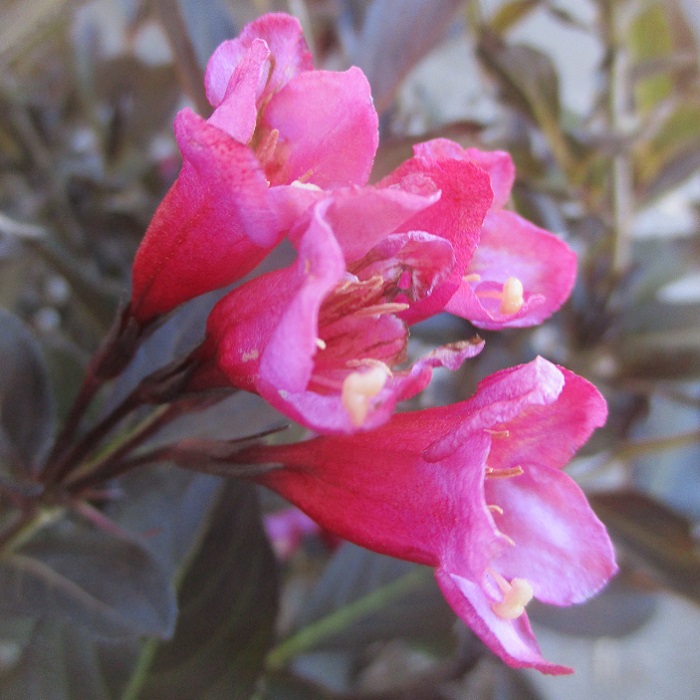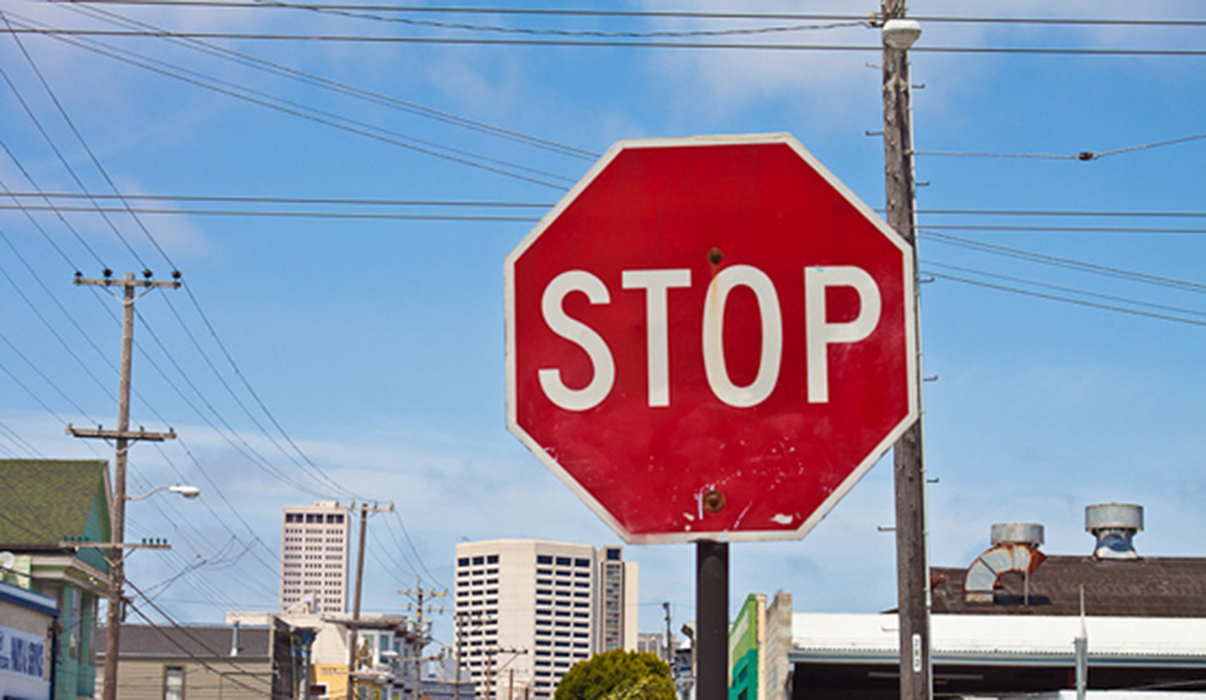UNITED STATES—Foliar color is not limited to autumn. Some deciduous plants display colorful foliage from spring to autumn. Then, some of these change color for autumn. Some evergreen plants display colorful foliage through the year. Variegation of foliage can be more colorful than associated bloom. So can unvariegated bronze, purple, red, yellow, blue or gray foliage.
All sorts of plants exhibit variegation or other variations of color of their foliage. They can be annuals, perennials, shrubs, vines, trees, or houseplants. Although many are popular primarily because of their foliage, some provide appealing bloom as well. Blue and gray foliage is a natural advantage in harsh climates. Other colors are selections of mutations.
Because variegation deprives portions of foliar surface area of the chlorophyll needed to perform photosynthesis, it inhibits growth. This can be an advantage for plants that grow too vigorously otherwise. However, many variegated plants occasionally develop growth that is not variegated. If not removed, it can overwhelm and displace desired variegation.
Variegation and other foliar color is not uncommon.
New Zealand flax, dracaena palm (Cordyline australis), gold dust plant, euonymus, coral bells and hosta are some of the many plants that are more familiar with colored foliage or variegation than without. If simple unvariegated coleus, croton or caladium are available, they must be notably rare. Blue spruce is always blue. Purple leaf plum is always purple.
Although both gold and gray junipers are popular, the most common are green. Bronzed and variegated cannas are likewise not quite as popular as those with simple lush green foliage. Pittosporum tobira is so much more vigorous without variegation than with it, that the two distinct types of this same species perform different functions within landscapes.
Golden honeylocust supposedly produces lighter shade than darker green honeylocust. ‘Ruby Lace,’ a bronze cultivar of honeylocust, supposedly produces faintly darker shade. Some golden or variegated foliage is more susceptible to scorch; although sun exposure enhances foliar color and variegation. Fresh new spring growth gets the best foliar color, but is likely to fade through summer.
Highlight: Weigela
Stylish modern cultivars have been restoring the popularity of formerly common weigela, Weigela florida. Traditional sorts can reach first floor eaves, with delightfully open branch structure and rosy pink spring bloom. The foliage of most is variegated with white. Newer cultivars are more compact, with more variety of form, as well as of foliar and floral color.
Bloom can be pink, red, rosy red, white, white with yellow centers, or the the familiar rosy pink. Foliage can be green, bronze, deep purply bronze, or variegated with white or pale yellow. As it develops in spring, variegated foliage might be blushed with pink. Shrubbier modern cultivars may get no taller than five feet. Some are lower and densely mounding.
Although deciduous, weigela are popular as short informal hedges. Formal or excessive shearing compromises both bloom and form. After primary spring bloom, several modern cultivars bloom sporadically later in summer. Weigela enjoys a bit of winter chill, so may
not appreciate the mildest coastal climates. Partial shade is tolerable, but inhibits bloom.
Horticulturist Tony Tomeo can be contacted at tonytomeo.com.




